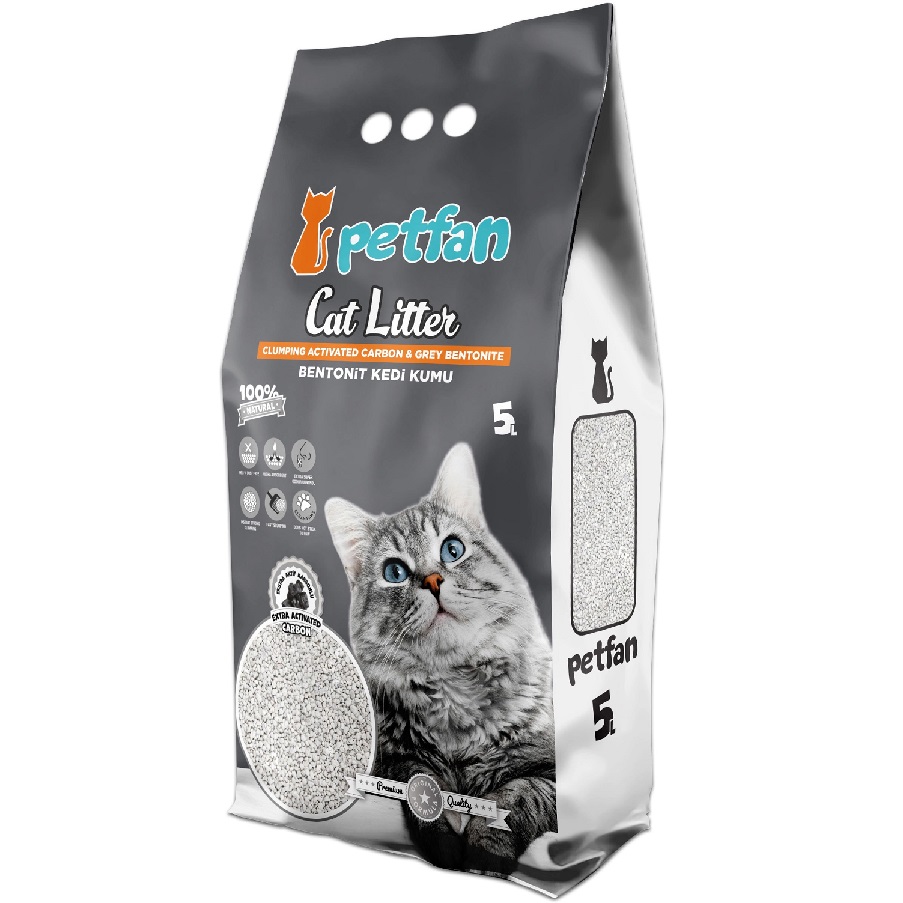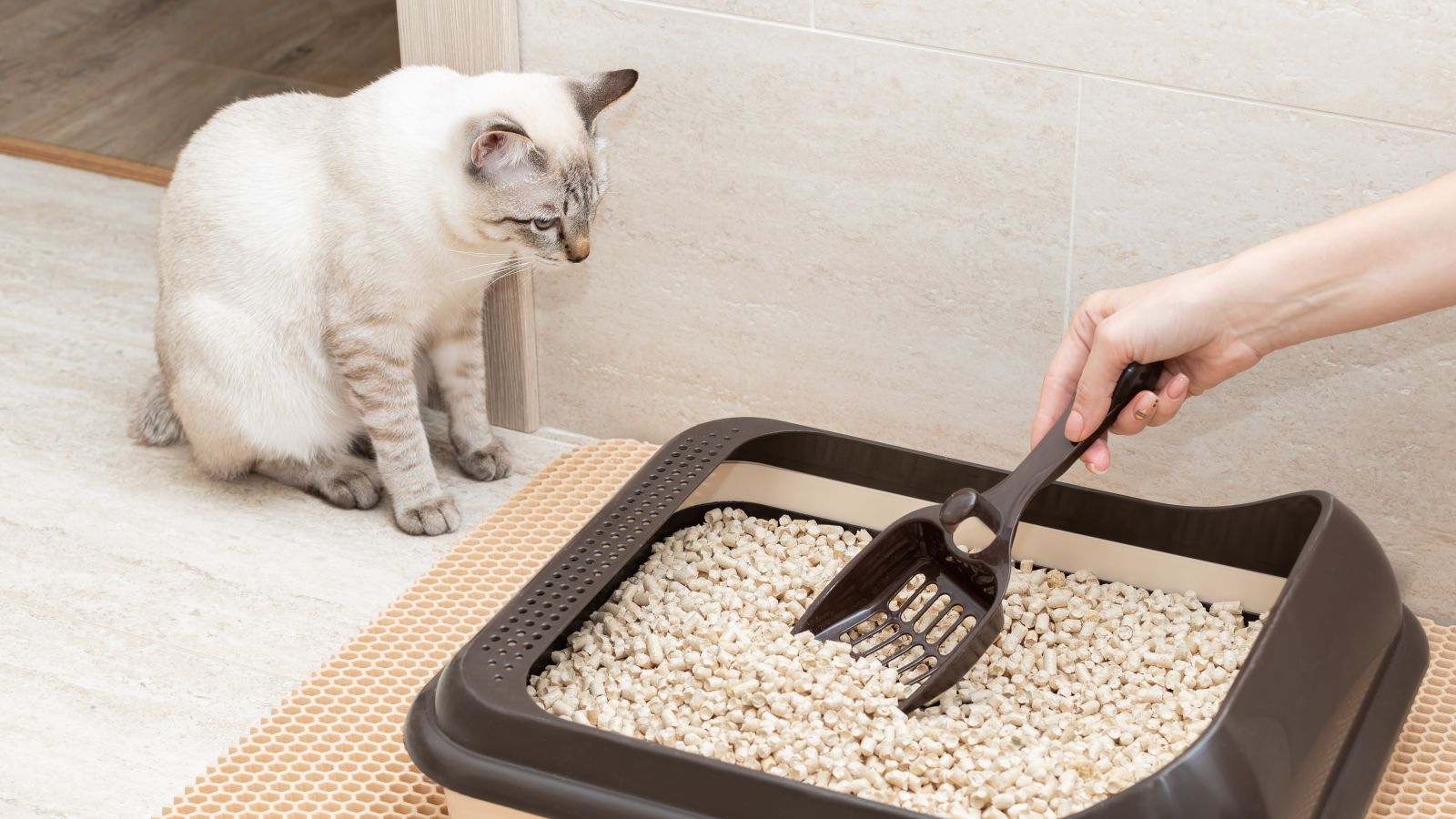Creating a bird feeder at home serves a dual purpose: it’s an opportunity to connect with nature while providing sustenance to our feathered friends. Not only does it enrich your garden or outdoor space, but it also brings joy as you observe the various bird species flock to your setup. However, the success of your DIY bird feeder is significantly influenced by the materials you choose to build it. In this guide, we will explore five excellent materials that can be used to construct a functional, appealing, and durable bird feeder at home. Each material has its benefits, and by the end of this article, you’ll know which one suits your project the best.
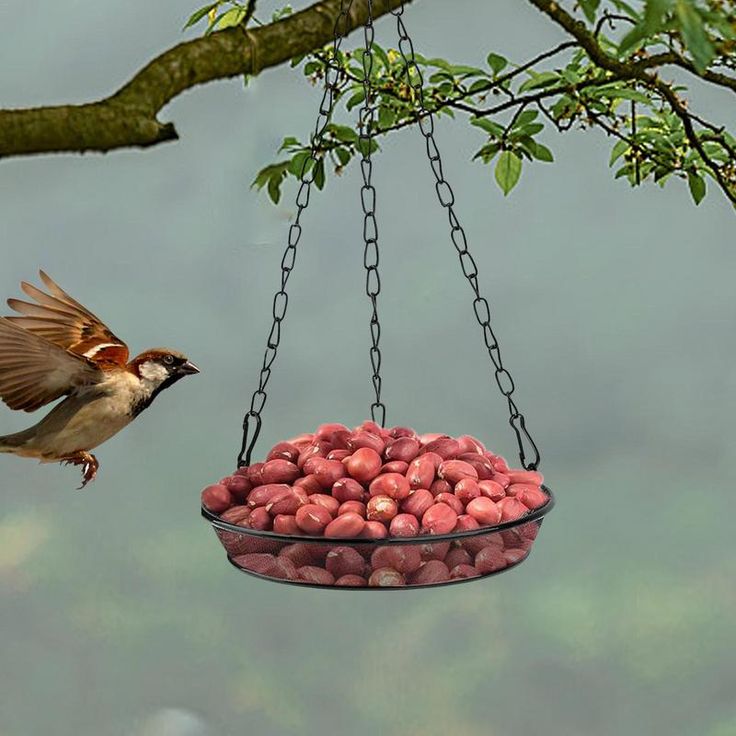
Wood: The Classic Choice for Bird Feeders
When it comes to building a bird feeder, wood often reigns supreme as the go-to material. Not only is it readily available and relatively easy to work with, but it’s also the most aesthetically pleasing choice for many backyard enthusiasts. Whether you opt for pine, cedar, or even repurposed pallets, wood lends itself to creativity in design and allows for customization to fit any garden style.
Cedar is particularly favored due to its natural resistance to decay and insects, making it a long-lasting option for outdoor use. Treated wood can also work, but make sure any chemicals used in the treatment aren’t harmful to birds. When working with wood, it’s imperative to ensure that it’s sanded well to prevent any splinters that could harm the birds. Additionally, using water-resistant wood glue or exterior screws can help maintain the integrity of the feeder against the elements.
A wooden bird feeder also offers flexibility in terms of feeding styles. You can create platform feeders, tube feeders, or even hanging feeders with varying depths—all of which attract different types of birds. The ability to customize size and design to match your region’s bird species is another advantage that wood provides. Just remember to include drainage holes to keep the seeds dry, as wet seeds can lead to mold and can be harmful to birds.
Plastic Bottles: A Sustainable and Innovative Option
In recent years, utilizing plastic bottles for DIY bird feeders has surged in popularity, thanks to their accessibility and sustainability. These bottles are an excellent way to recycle household waste and reduce your ecological footprint while creating a useful product. Plus, the lightweight nature of plastic makes it easy to hang or attach to various structures like fences, trees, or porches.
The straightforward nature of crafting a bird feeder from a plastic bottle makes it an ideal project for beginners and families. Simply cut out holes where the birds can access feed, and secure the bottle vertically to allow gravity to do its job—keeping the seed flowing down as needed. A feeding station can also be attached to catch seeds that fall, preventing waste and mess. This kind of setup is especially beneficial in attracting small birds like finches, who often prefer smaller feeding openings.
However, it’s essential to choose the right type of plastic bottle. Look for high-density polyethylene (HDPE) options as they are more durable and less likely to degrade in sunlight compared to other types. To ease your maintenance burden, opt for a bottle design that allows for easy refilling and cleaning to ensure that the feeder remains an attractive and healthy feeding ground for birds. Remember, the key to a successful plastic bottle bird feeder lies in ensuring that the openings are bird-sized and not too wide, which could allow larger birds or unwanted pests to dominate.
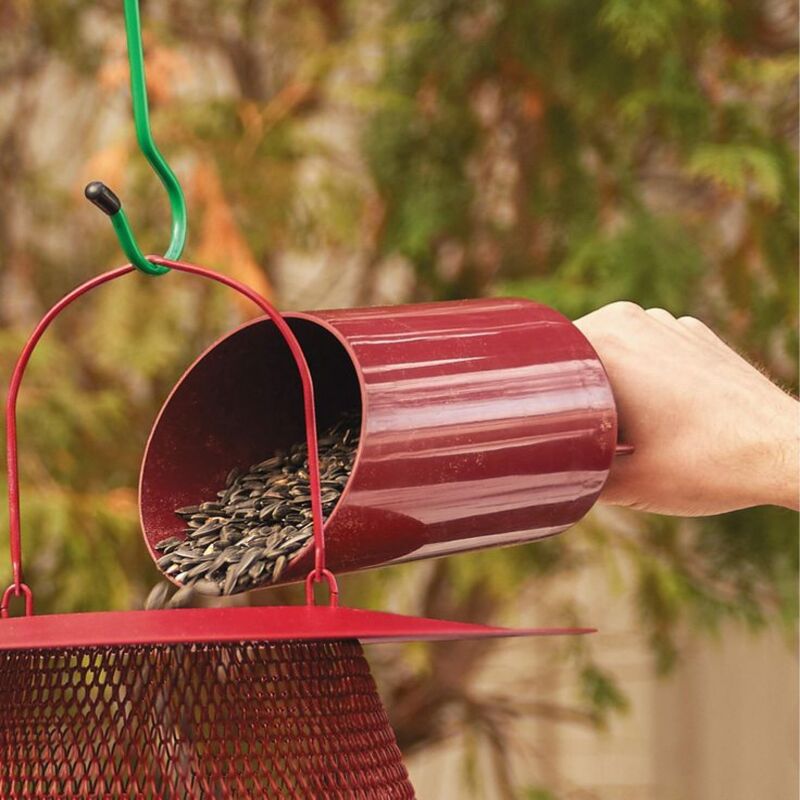
Metal: Durability and Style for Modern Bird Feeders
If you’re searching for a bird feeder material that offers durability and a sleek, modern aesthetic, metal is hard to beat. Aluminum or galvanized steel can withstand harsh weather conditions without warping, rusting, or degrading—this makes them ideal for long-term outdoor use. Choosing metal for your bird feeder means investing in a product that will last through many seasons, providing food and comfort for countless birds.
Build a bird feeder by metal can be slightly more complex than using wood or plastic, but the payoff is worth it. Metal designs can effortlessly incorporate intricate patterns and styles that may not be as easily executed in other materials. Moreover, many commercially available metal feeders come equipped with squirrel-proof features, keeping unwanted critters at bay and ensuring that seeds are available for the birds you wish to attract.
While creating a metal bird feeder, it’s vital to pay attention to the design to avoid sharp edges, which can injure the birds. Consider including a powder-coated finish, which not only adds to the visual appeal but also helps protect the feeder from the elements. For added flair, look into incorporating colorful designs or using artistic embellishments. Metal feeders can be both functional and an elegant addition to your outdoor space, enhancing the overall aesthetic while serving a practical purpose.
Composite Materials: The Best of Both Worlds
Composite materials offer a good marriage of durability and design flexibility, making them an intriguing option to build a bird feeder. Typically made from a combination of plastic and wood fibers, these materials present several benefits, including resistance to weather and decay. Since they don’t contain wood in its traditional form, composites will not warp, crack, or splinter, which addresses several common issues faced by wood feeders.
Using composite materials enables you to benefit from the best aspects of both wood and plastic. The visual appeal of wood-like textures is preserved while enhancing longevity and minimizing maintenance requirements. Composite bird feeders can mimic classic wooden feeder styles or take on innovative, modern shapes. There are varieties of designs available, ensures the ability to tailor your feeder to the aesthetics of your garden.
Additionally, composite materials can offer features like UV protection, adding to their lifespan under the sun. Many brands also guarantee a certain level of resistance to fading, ensuring your feeder maintains its vibrant color and appearance over time.
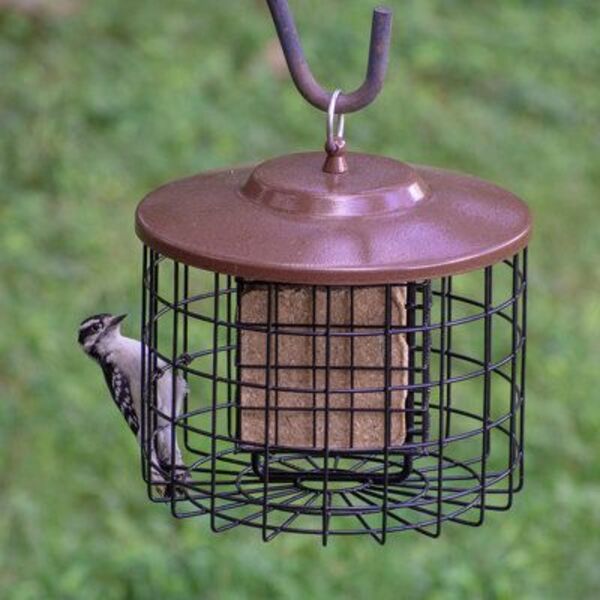
Bamboo: An Eco-Friendly and Stylish Alternative to Build a Bird Feeder
For the environmentally conscious builder, bamboo presents a functional and aesthetically pleasing option for bird feeders. As a fast-growing and renewable resource, bamboo is both sustainable and strong. Its natural resistance to weather conditions makes it an ideal candidate for outdoor use. Bamboo bird feeders can seamlessly blend into their surroundings, offering a rustic charm that enhances any garden space.
Crafting a bird feeder from bamboo can be remarkably creative and straightforward. You can use whole bamboo stalks to create tube feeders, or slice and shape them into attractive platforms. Bamboo can also with other materials; for instance, using a bamboo frame combined with a metal base can yield a unique, durable feeder that stands out.
The porous nature of bamboo promotes air circulation, which aids in drying out seeds and preventing moisture buildup, reducing the risk of mold that can jeopardize the health of birds. While bamboo is generally robust, it’s crucial to apply a non-toxic sealant to extend its lifespan further and protect it from the elements. Additionally, make sure to inspect your bamboo feeder regularly to ensure it remains safe and functional for your bird visitors. Not only will you be contributing positively to local wildlife, but you’ll also enjoy a stunning conversation piece in your backyard.
Conclusion: Choosing the Right Material to build a bird feeder
Build a bird feeder at home can be an enjoyable project that enriches your gardening experience and encourages local wildlife to visit. While wood, plastic bottles, metal, composite materials, and bamboo all present unique benefits, the best choice depends on your specific needs, aesthetic preferences, and the local bird population you wish to attract. Consider aspects like durability, maintenance, and design flexibility when selecting your materials.
Ultimately, each of these materials allows you to create a distinctive bird feeder that showcases your creativity and commitment to bird conservation. Whether you’re using reclaimed wood or innovative composites, your efforts will not go unnoticed by the vibrant avian community. As you embark on this rewarding journey of building a bird feeder, remember to take pleasure in the project, knowing you’re making a positive impact on the lives of the birds and the environment alike. Enjoy the delightful company of your feathered friends!

